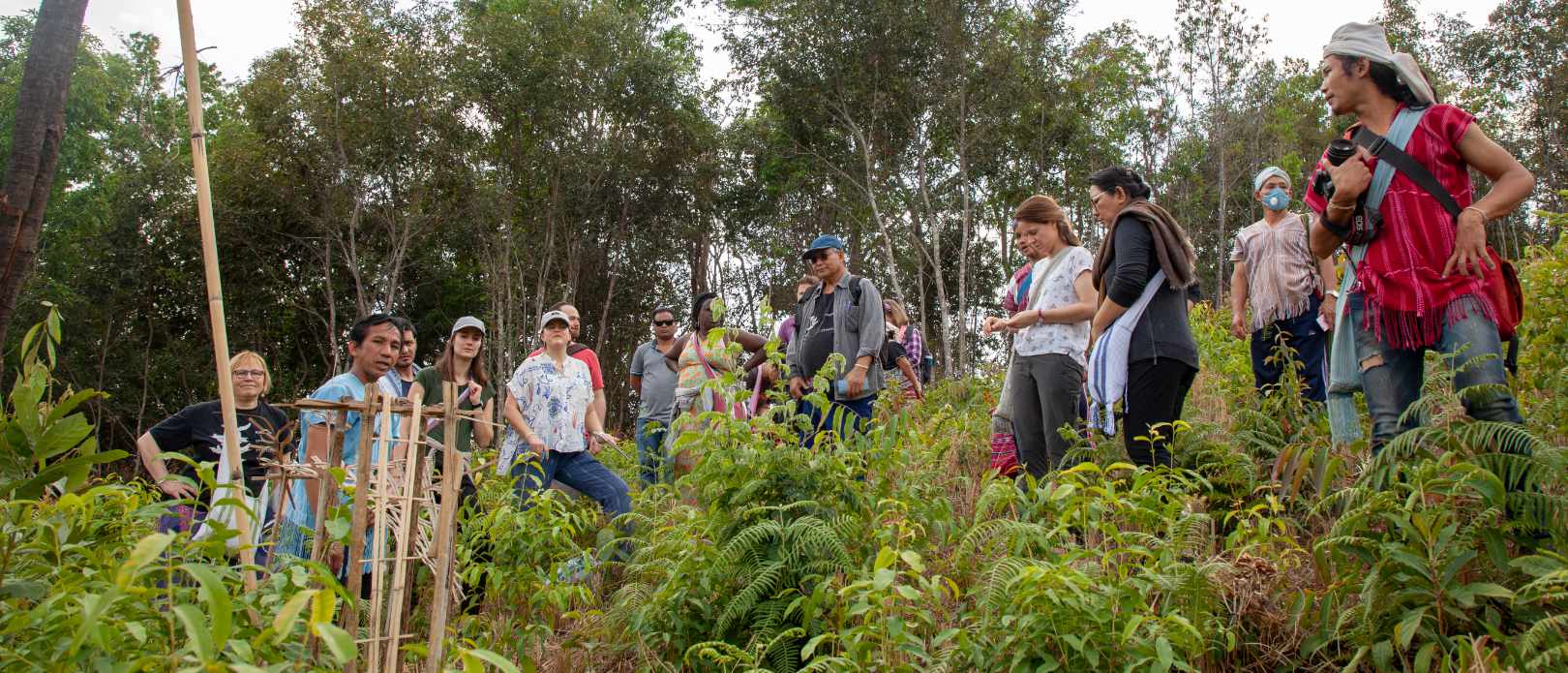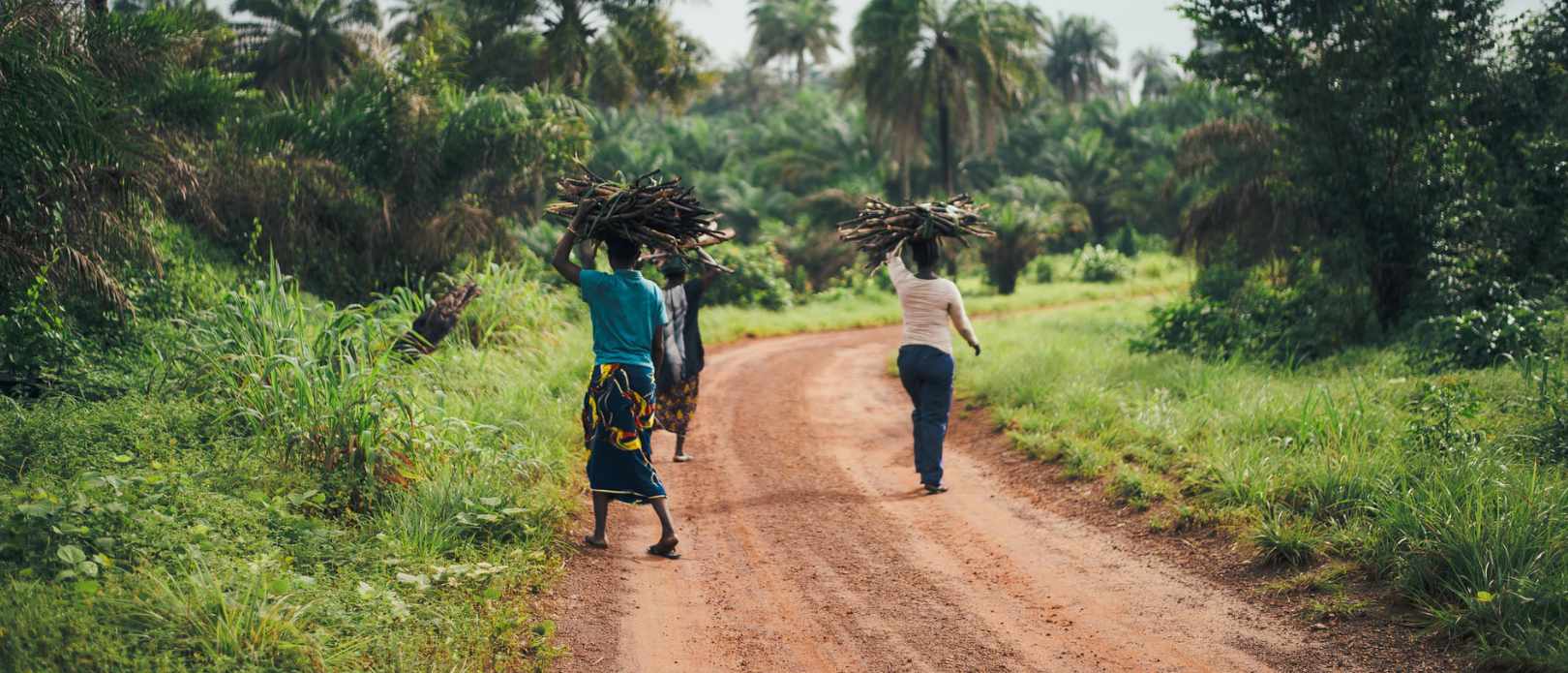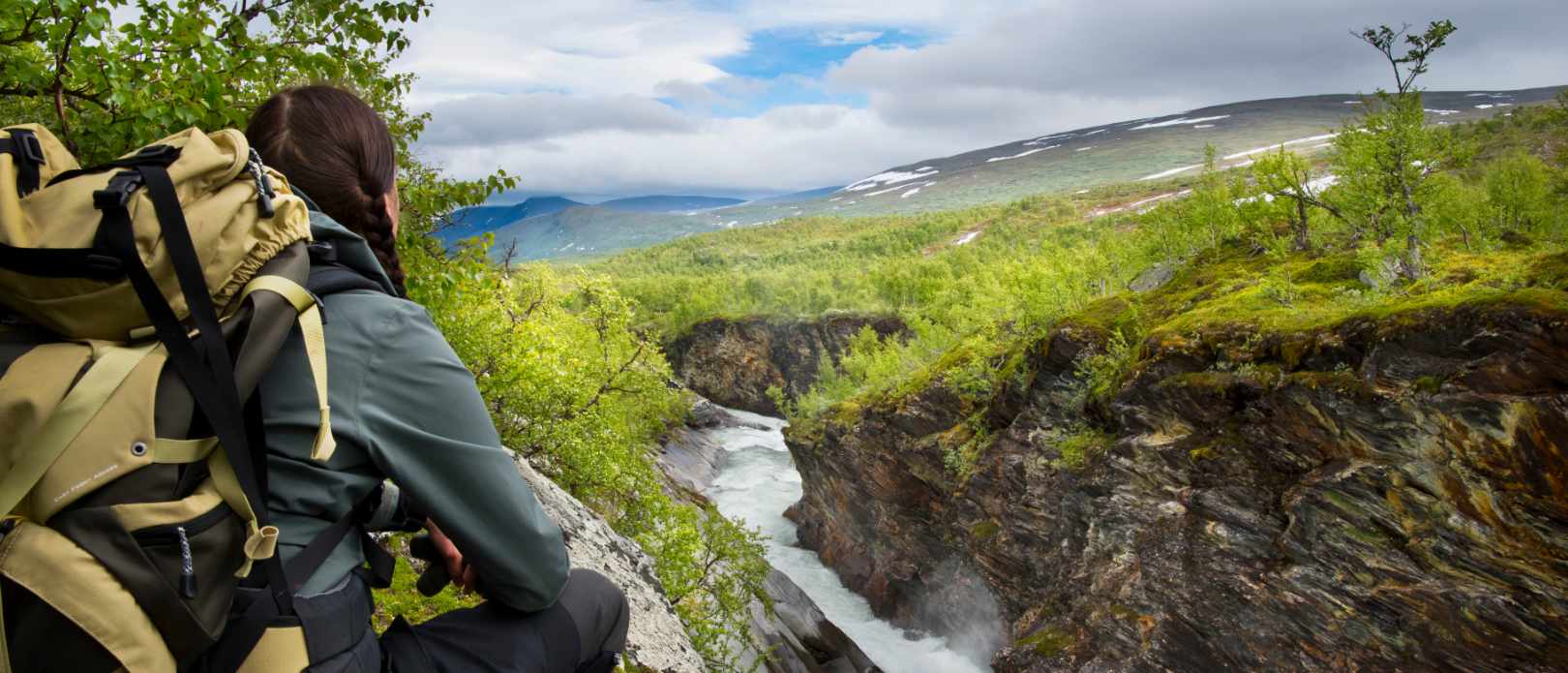BIODIVESITY AND GOVERNANCE
Will COP15 make or break hopes for saving global biodiversity?

Participants in the Chiang Mai Workshop “Human Rights as enabling condition for the post-2020 Global Biodiversity Framework” in February 2020, on walking workshop in the Karen community Papae, are envisioning the realization of the Human right to a safe, clean healthy and sustainable environment. Photo: Hpuji Nawng/ AIPP
As the UN CBD COP15 pre-negotiations proceed in Geneva we explain why biodiversity governance is at a crossroads and why discussions on human rights and gender equality must become more prominent
- Most goals and targets to halt biodiversity loss so far have failed
- The new post-2020 Global Biodiversity framework under negotiation at the UN Convention on Biological Diversity is considered crucial for future progress
- Applying a human rights-based approach in the implementation of the new post-2020 agenda has enormous potential to facilitate transformative changes and halt biodiversity loss
SETTING A NEW STATUS QUO: Biodiversity is facing a make-or-break year.
The UN’s decade-old plan to stop catastrophic species and ecosystem loss by 2020 has failed. Most of its 20 targets — known as the Aichi Biodiversity Targets — have not been met.
The Convention on Biological Diversity (CBD) was groundbreaking as one of the first international agreements that dealt with global justice when it was agreed in 1992 at the Rio meeting, which also initiated the Climate Convention and Agenda 21. For the CBD, the three goals, conservation of biodiversity, its sustainable use, and the fair and equitable sharing of benefits from the use of genetic resources, remains.
Now the two-part UN Biodiversity Conference (COP15) for shaping the next steps of reaching these goals, is underway, bringing together governments from around the world to agree to initiate transformative changes required to protect and restore biodiversity, and live in harmony with nature.
We talked to Pernilla Malmer, Ana Carolina Marciano and Ashanapuri Hertz from SwedBio, a centre-hosted Sida-funded programme working for biodiversity and equitable development in harmony with nature.
They explain SwedBio’s role of facilitating contacts across borders and actors at the negotiations, why we must act now, and how integrating a human rights based approach in the Post-2020 Global Biodiversity Framework is so crucial for saving the world's biodiversity, and for global equity and sustainable development.
COP15 will bring together governments from around the world to agree to a new set of goals for nature through the Convention on Biological Diversity post-2020 framework process. What is at stake?
Marciano: In the past 50 years, biodiversity has been deteriorating at alarming rates, driven by human activities, such as habitat loss, invasive species, natural resource overexploitation, pollution, and climate change associated with global warming. There will be extreme consequences, not only for the environment, but also for human livelihoods and health.
The Convention on Biological Diversity (CBD) is the global framework for governing biodiversity. Despite this urgency, none of the 2020 targets—known as the Aichi Biodiversity Targets—have been fully achieved.
It will only be possible to address biodiversity loss, ensure sustainable use of nature, and achieve the sustainability goals with bold policy which targets the underlying causes of biodiversity loss and make transformative change happen in the next decade. That’s why the new post-2020 Global Biodiversity framework will be so crucial.
Pre-negotiations are taking place in Geneva in March. What exactly is being negotiated?
Malmer: At this point, the CBD negotiations deal with a new post-2020 Global Biodiversity Framework (GBF), which envisions a set of milestones, targets, and goals to be met by 2030, in line with the overall CBD vision for 2050 of “Living in harmony with nature”.
The pre-negotiations in Geneva are crucial for the further development of the draft for that framework. The proposed text, which is being further developed in Geneva, is then expected to be adopted in Kunming, China later this year at the 15th meeting of the Conference of the Parties - also known as COP 15. (Note: After this article was published, the Conference was moved to Montreal, Canada).
SwedBio is set to play a key role at the pre-negotiations. What is SwedBio and what do you hope to achieve?
Malmer: SwedBio is a development programme that works to advance sustainable and equitable governance of biodiversity knowledge, policy and practice. We engage in key global biodiversity processes together with our 30 collaboration partners, facilitating dialogue among Indigenous peoples, local communities, practitioners, scientists and policymakers - bridging local to global!
In Geneva, SwedBio will be quite busy. Our role will be to bridge across Parties from different parts of the world and civil society actors , to support our network by facilitating meetings on and off site, and advancing relevant discussions connected to human rights issues, gender equality, Indigenous peoples and local communities (IPLCs) rights as well as biodiversity protection and sustainable use.
Together with our partners we are co-hosting a side-event on site to highlight the importance of a meaningful inclusion of a Human-rights based approach in the Global Biodiversity Framework, not only in principle but also in practice, in the national implementation, in its indicators, targets and monitoring.
Why is a human-rights based approach so important when discussing biodiversity conservation, management and use?
Marciano: A human rights-based approach in the context of biodiversity conservation means developing and implementing biodiversity policies, governance and management that do not violate human rights. This can be achieved if those implementing such policies actively seek ways to support and promote human rights in their design and implementation.
The overall CBD vision for 2050 of “Living in harmony with nature” highlights the relationship between nature and humans and the intertwined relationship between biodiversity and human rights. After all, ensuring basic human rights—the right to health, water, and food— means taking care of biodiversity.
A human rights-based approach directly links biodiversity to the overall achievement of the Sustainable Development Goals, and has enormous potential to facilitate transformative changes towards sustainable and equitable use of nature.
Hertz: Respecting and protecting human rights and protecting the environment are inextricably linked processes. This has and continues to be SwedBio's entry point.
We cannot protect biodiversity unless our efforts also include human-rights, especially regarding the rights of women, as well as Indigenous peoples and local communities.
This has even reached the Human Rights Council, which declared the right to a clean, healthy and sustainable environment as a human right in October 2021.
What’s missing from the post-2020 framework as it stands?
Malmer: Although rights-based elements such as full and effective participation of IPLCs are already generally recognised by the CBD, human rights per se, and all its important elements of right to resources, to development, to information and to take part in decisions have not been directly referred to in the previous biodiversity framework and the 20 Aichi Targets. All these are critical elements for ensuring the right to a clean, healthy and sustainable environment, which is a prerequisite for biodiversity protection.
Biodiversity can only be saved from the ground where it grows.
Marciano: For example, several targets require improvement and the use of clear human rights language in order to guarantee equitable governance of protected areas. Take Target 3, which addresses the protection of 30% of the global land and sea areas. As it stands it does not sufficiently recognize Indigenous customary sustainable use and traditional knowledge of biodiversity, which are part of the solution to our global biodiversity crisis and beyond.
But to reach the CBD Goals and encourage transformative change, we don’t only need the targets to contain more clear human rights-based principles. A human rights-based approach is instrumental for monitoring the implementation of the framework and to hold countries accountable to their obligations to implement the post-2020 Global Biodiversity Framework.
Who is involved and what are they targeting?
Marciano: A large group of civil society organisations, researchers, networks, international agencies and major groups such as Indigenous peoples and local communities, as well as the CBD Women's Caucus have been championing the mainstreaming of a human rights-based approach to enable gender equality, youth and intergenerational equity, as well as to secure rights of IPLCs to their lands, waters, territories and resources.
How can the Gender Plan of Action help achieve the goals of the post-2020 Global Biodiversity Framework?
Hertz: SwedBio collaborates with Women4Biodiversity, who work to strengthen gender-responsive ecosystem restoration approaches on community level but also within global policy fora. Their aim is to support women and girls in their active and meaningful contribution to equitable and transformative biodiversity governance.
The Gender Plan of Action will set a new status quo for the implementation of a human-rights based approach, highlighting gender equality in conservation as well as regarding the sustainable use of biodiversity.
The CBD is one of SwedBio’s main entry points to policy work. Therefore, Women4Biodiversitie’s continuous engagement with the CBD on the recognition and inclusion of women’s contributions aligns well with SwedBio’s goal: to connect local to global.
Further reading
The briefing Implementing a human-rights based approach seeks to provide overarching recommendations and detailed text proposals, including for the monitoring framework, to support the effective implementation of a human rights-based approach.
Failure to adequately incorporate the protection of human and environmental rights defenders would mean risks not only for expanding violations of human rights, but also increased destruction of biodiversity.
For more information on the meeting in Geneva as well as SwedBio and their partners work make sure to follow their work on Twitter @SwedBio or visit their website.








